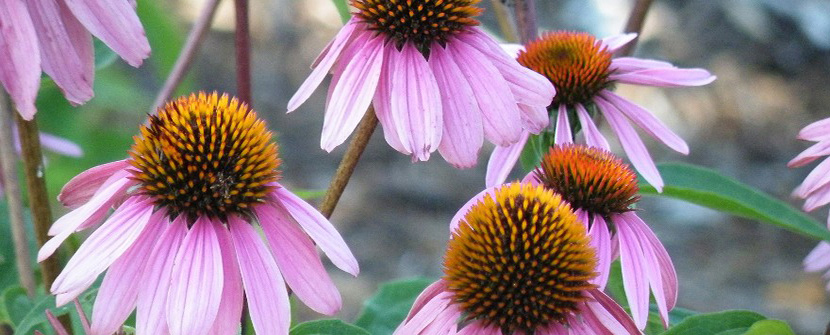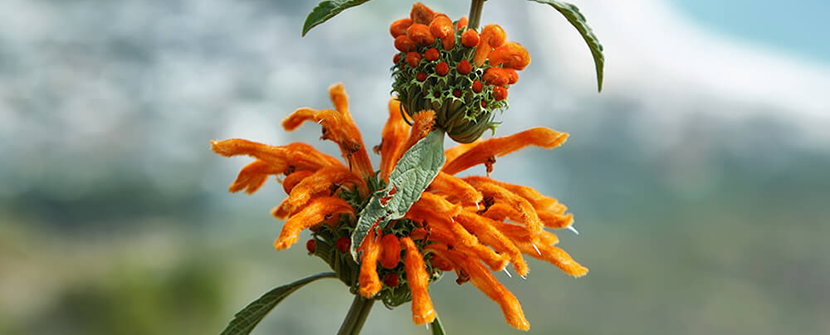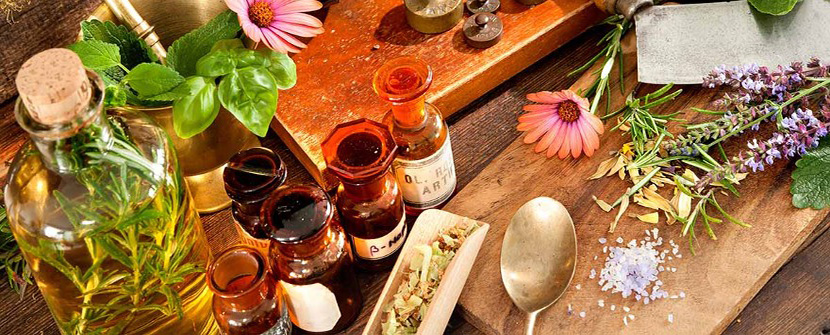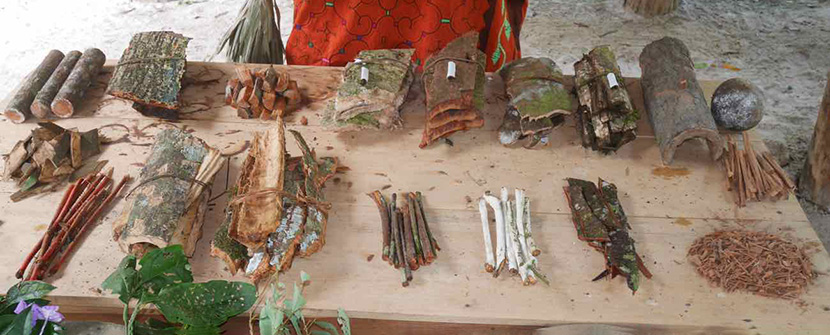In a world where modern medicine dominates, it's easy to forget the immense power and healing properties of nature. However, by cultivating a medicinal garden, you can reconnect with the age-old wisdom of herbal remedies and harness the therapeutic potential of plants right at your doorstep. A medicinal garden is not only a beautiful addition to your home but also a source of natural remedies for common ailments.
In this blog post, we will explore the art of cultivating a medicinal garden and discover the numerous benefits it can bring to your life.
Choosing the Right Plants
The first step in creating a medicinal garden is to carefully select the plants you wish to grow. Research and identify herbs, flowers, and shrubs known for their medicinal properties. Consider the climate and growing conditions in your area to ensure the plants thrive.
Some popular medicinal plants to consider are:
- Aloe Vera: Known for its soothing and healing properties for skin conditions.
- Chamomile: Often used as a calming tea to relieve stress and promote sleep.
- Echinacea: Boosts the immune system and helps fight off colds and infections.
- Lavender: Known for its relaxing fragrance and ability to promote sleep and reduce anxiety.
- Peppermint: Aids digestion, relieves headaches, and soothes muscle pain.
Planning and Designing Your Garden
Once you've chosen the plants, plan and design your medicinal garden. Consider the space available, sunlight exposure, and soil quality.
Some tips for effective garden planning include:
- Grouping plants with similar watering and sunlight requirements together.
- Creating paths and designated areas for easy access and maintenance.
- Incorporating companion plants that benefit each other's growth and repel pests.
- Including seating areas or meditation spots to enjoy the therapeutic ambiance of the garden.
Soil Preparation and Maintenance
Preparing the soil is crucial for the success of your medicinal garden. Most medicinal plants prefer well-draining soil rich in organic matter.
Consider the following steps:
- Remove weeds and rocks from the planting area.
- Loosen the soil to improve aeration and drainage.
- Amend the soil with compost or organic matter to provide essential nutrients.
- Mulch the garden beds to conserve moisture and suppress weed growth.
Regular maintenance is essential to ensure the health and vitality of your medicinal garden. Water the plants appropriately, keeping in mind their specific moisture needs. Regularly check for pests, diseases, and signs of nutrient deficiencies. Prune and harvest plants as needed to promote growth and encourage new blooms.
Harvesting and Utilizing Medicinal Plants
As your medicinal garden flourishes, you'll have the opportunity to harvest and utilize the plants' healing properties.
Here are some guidelines for harvesting and using medicinal plants effectively:
- Research the ideal time to harvest each plant, as it varies depending on the part used (leaves, flowers, roots, etc.).
- Use sharp, clean tools to avoid contamination and maintain plant health.
- Dry harvested plant material in a well-ventilated area away from direct sunlight.
- Store dried herbs in airtight containers, away from heat and moisture.
Learn about various preparation methods such as teas, tinctures, salves, or infusions to make the most of your harvested plants.
Safety Precautions and Consultation
While medicinal plants offer incredible healing potential, it's important to exercise caution. Not all plants are safe for consumption or suitable for everyone.
Some precautions to consider:
- Research each plant's potential side effects, contraindications, and recommended dosage.
- Consult with a qualified herbalist or healthcare professional before using any medicinal plants, especially if you have underlying health conditions, take medications, or are pregnant or breastfeeding.
- Educate yourself on proper identification to avoid accidental ingestion of toxic plants.
Closing thoughts
Cultivating a medicinal garden is a rewarding endeavor that combines the beauty of nature with the healing potential of plants. By creating your own natural pharmacy, you can embrace the holistic approach to wellness and unlock the therapeutic benefits of herbal remedies. Remember to approach herbal medicine with respect, do thorough research, and seek professional guidance when needed. Through your medicinal garden, you'll not only experience the joy of gardening but also nurture your well-being and promote a healthier lifestyle.





